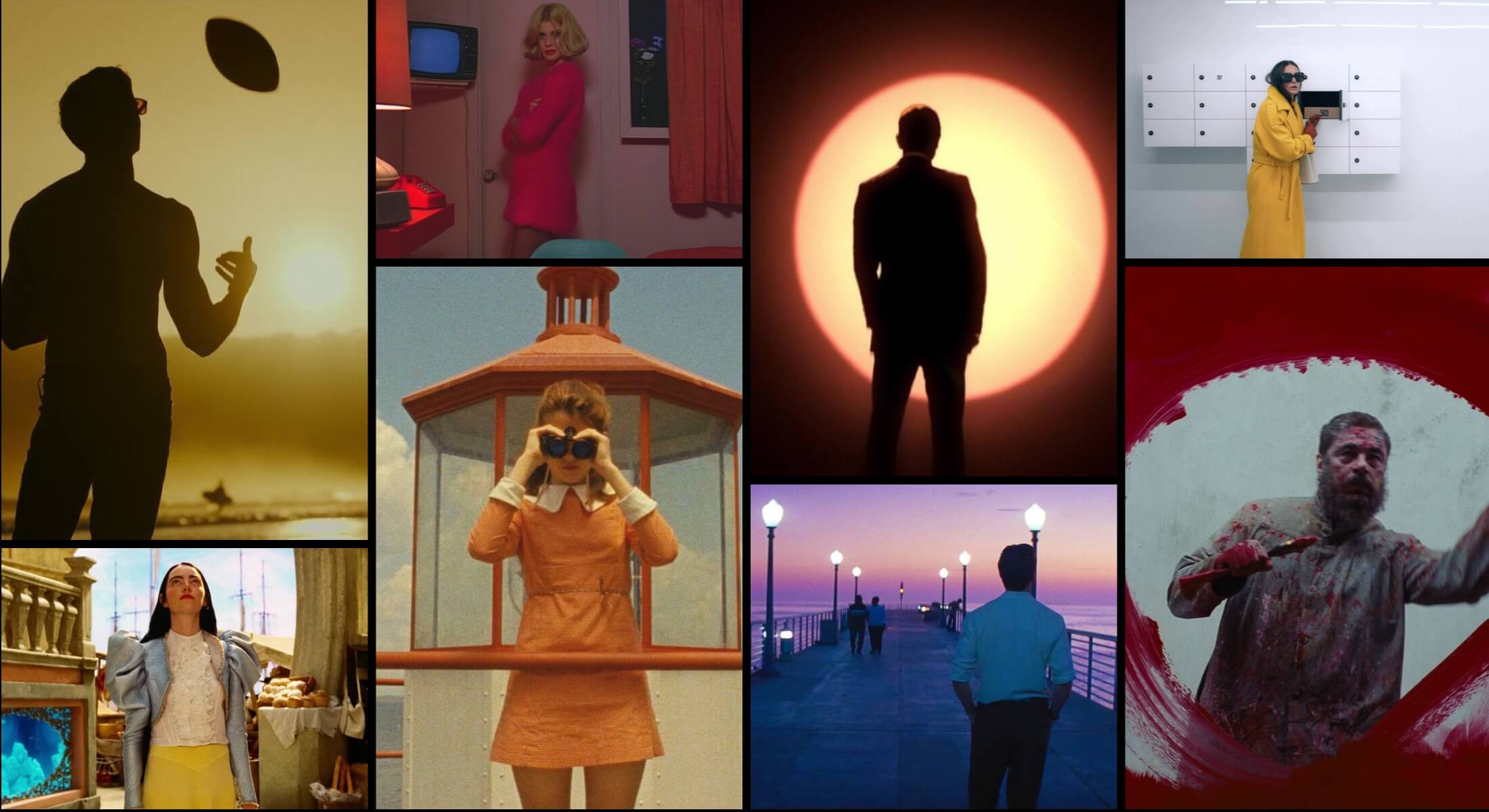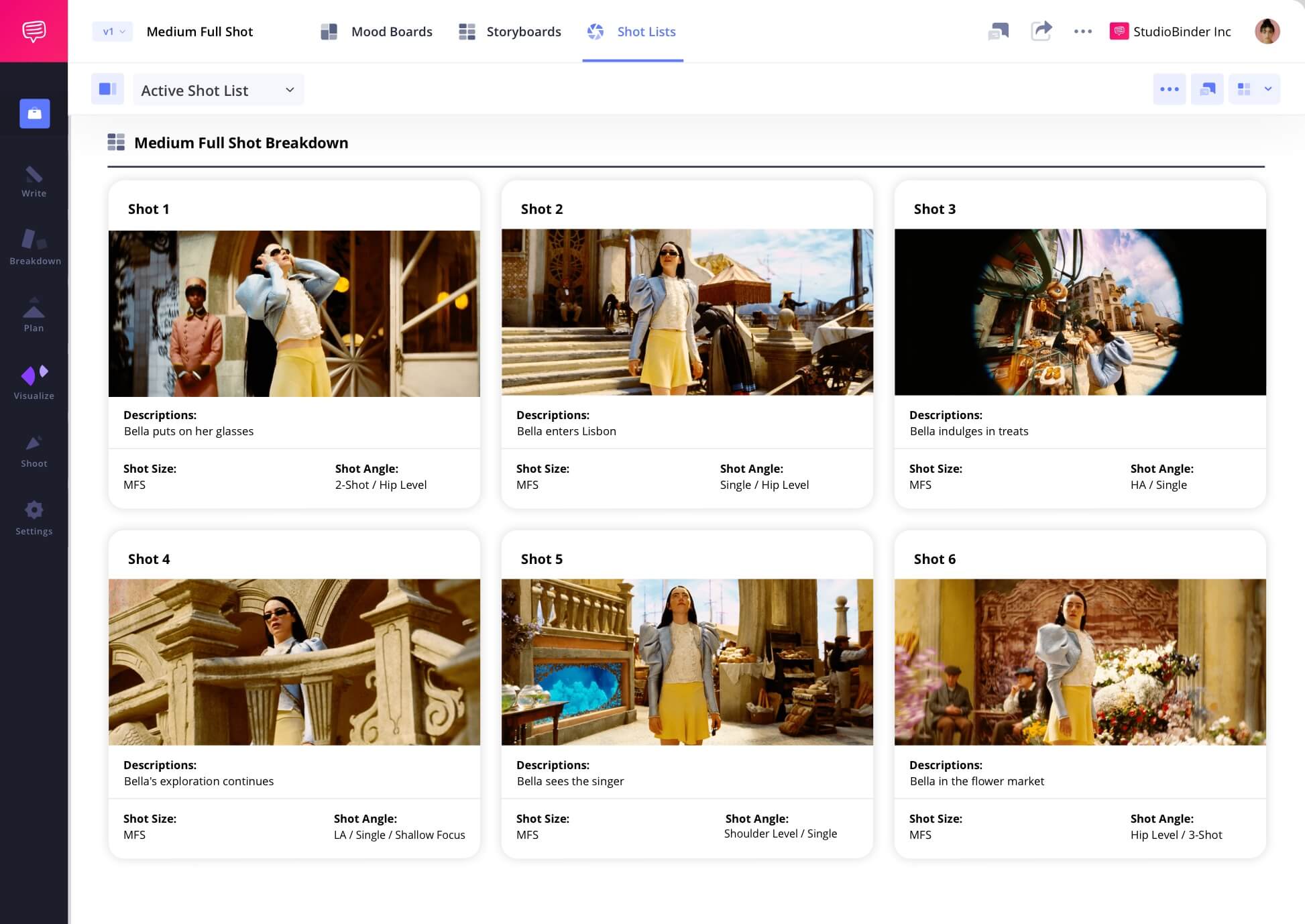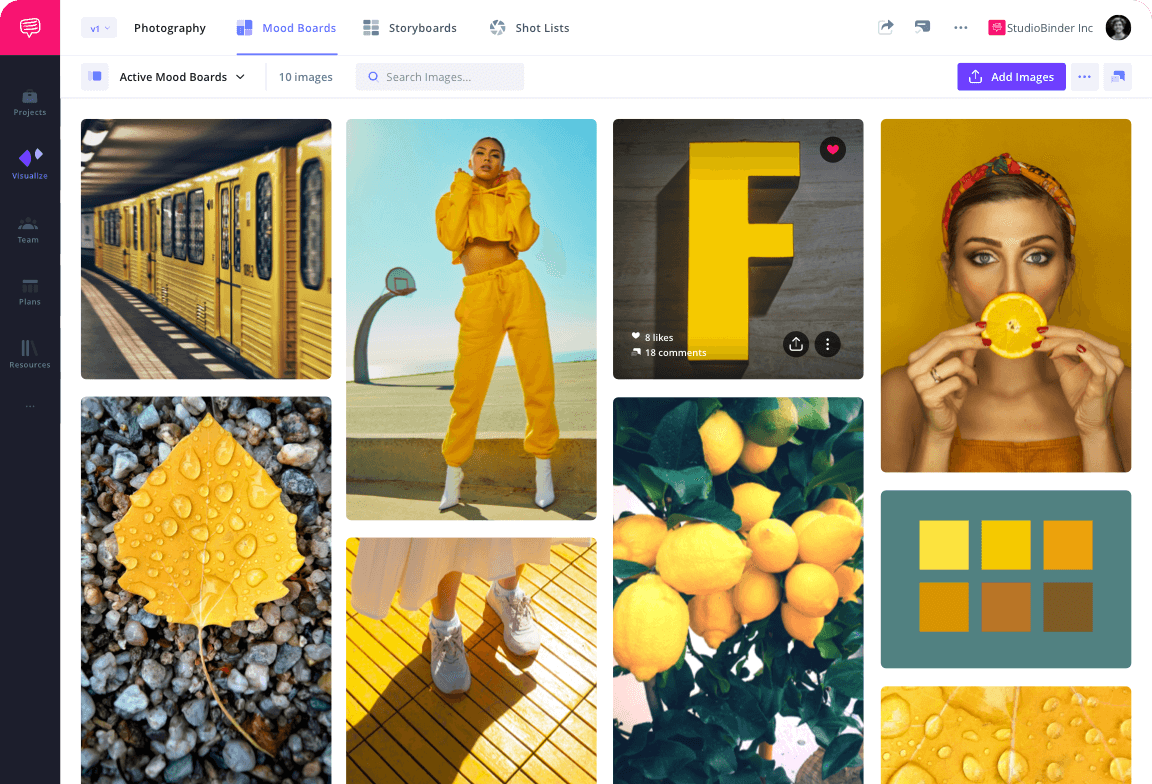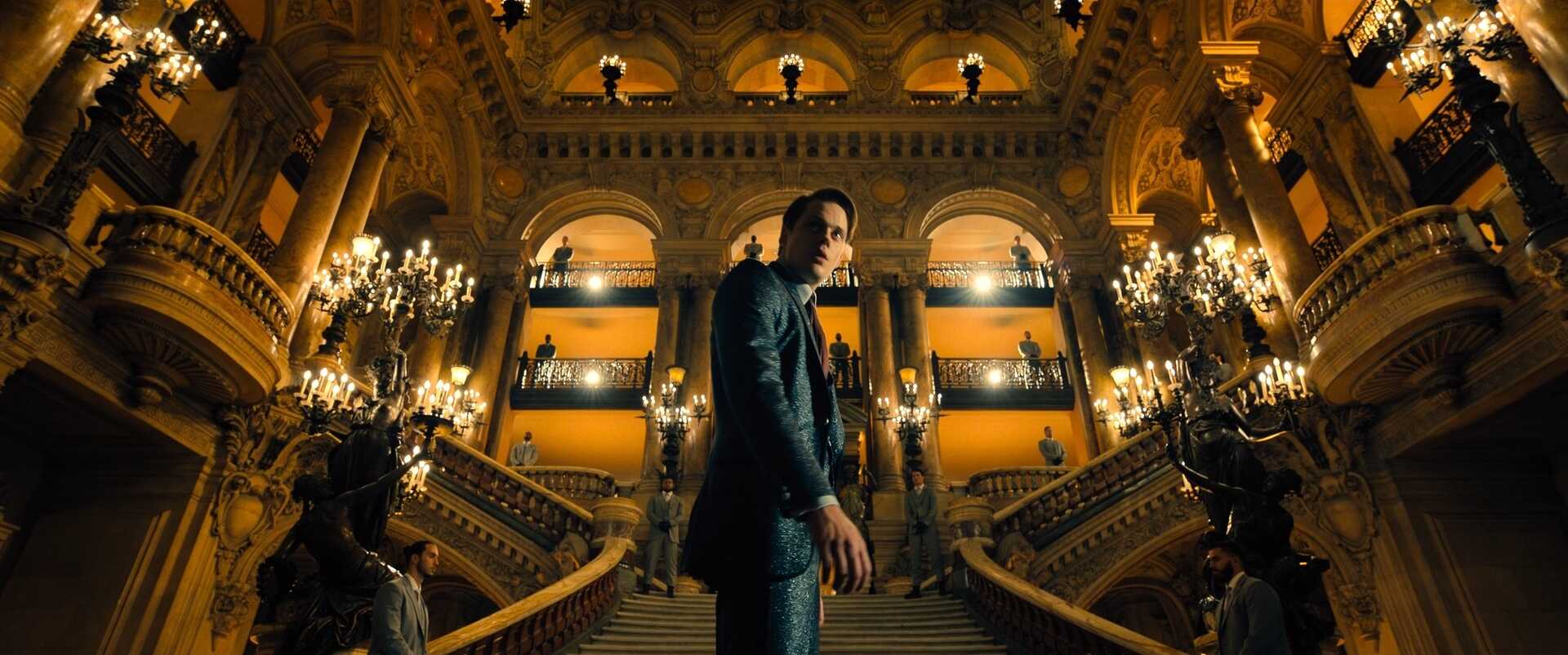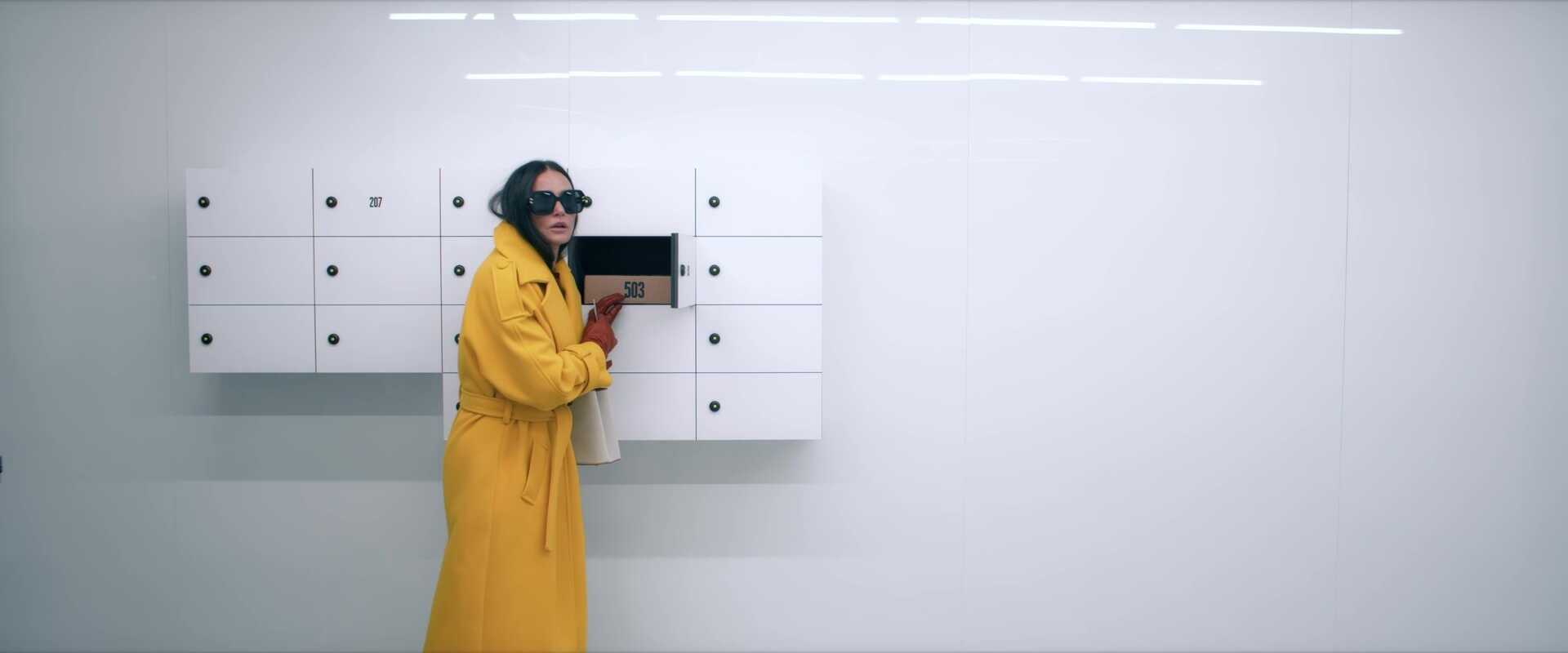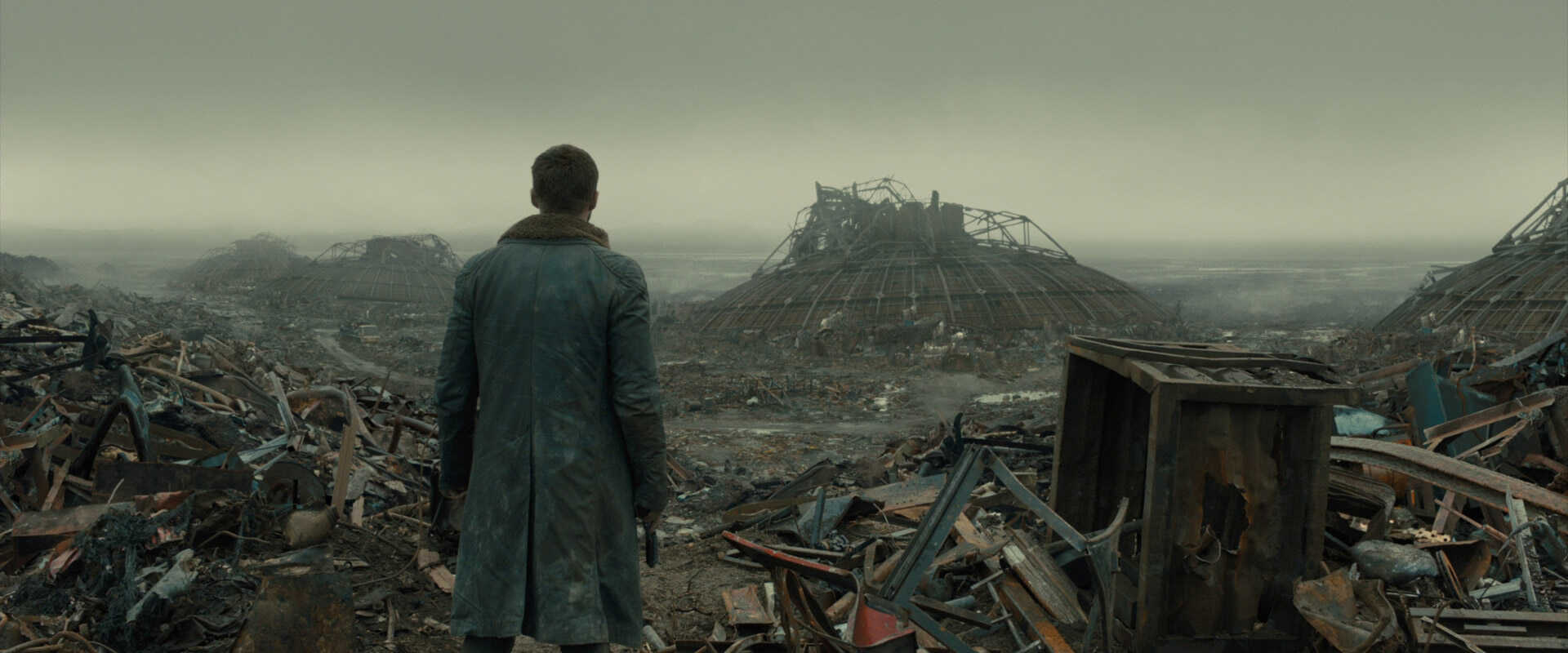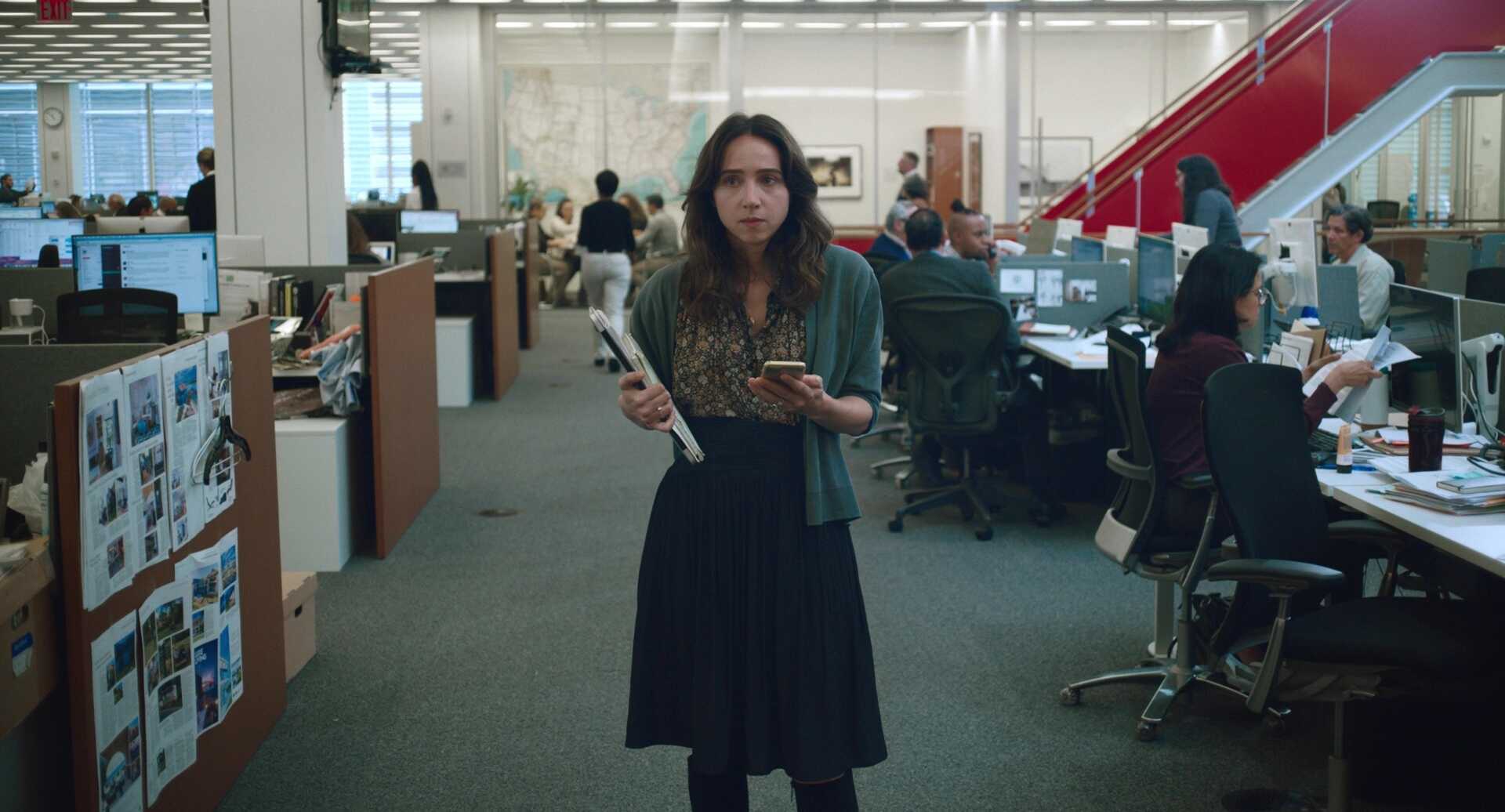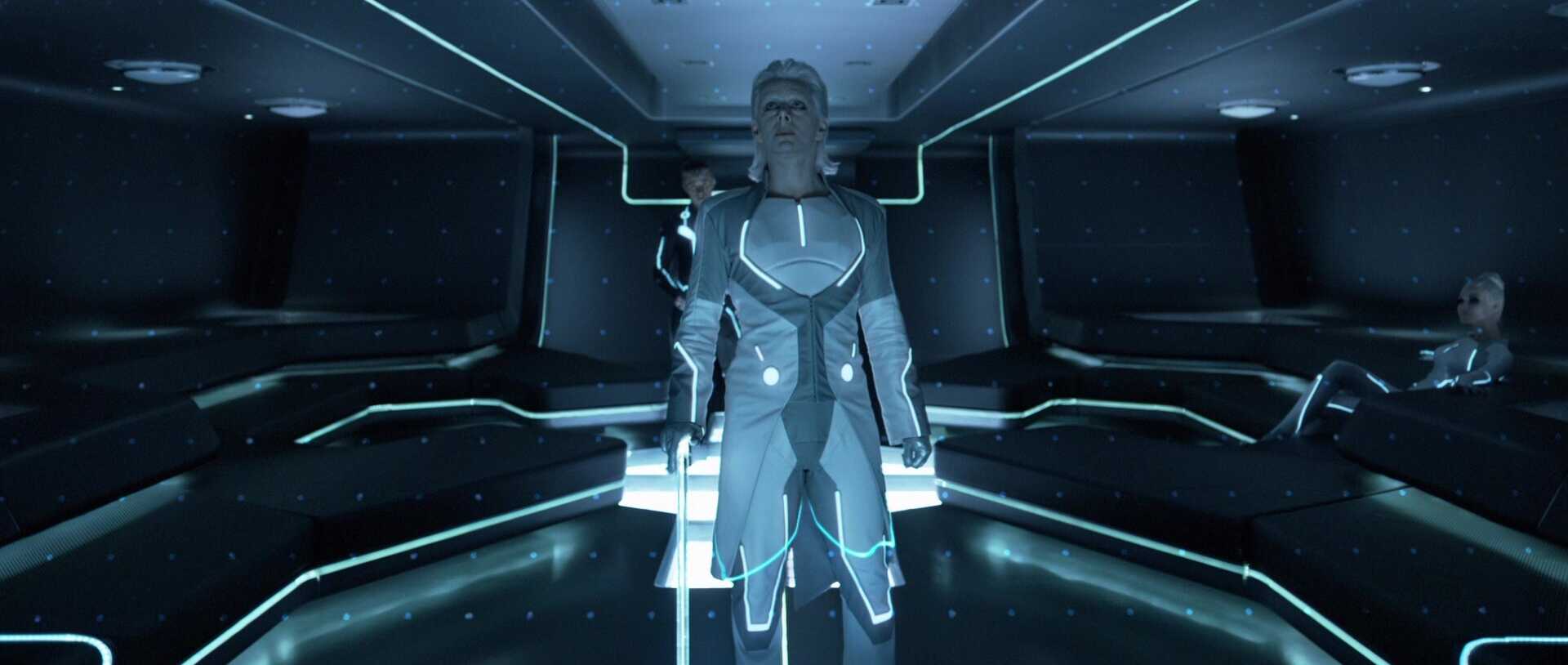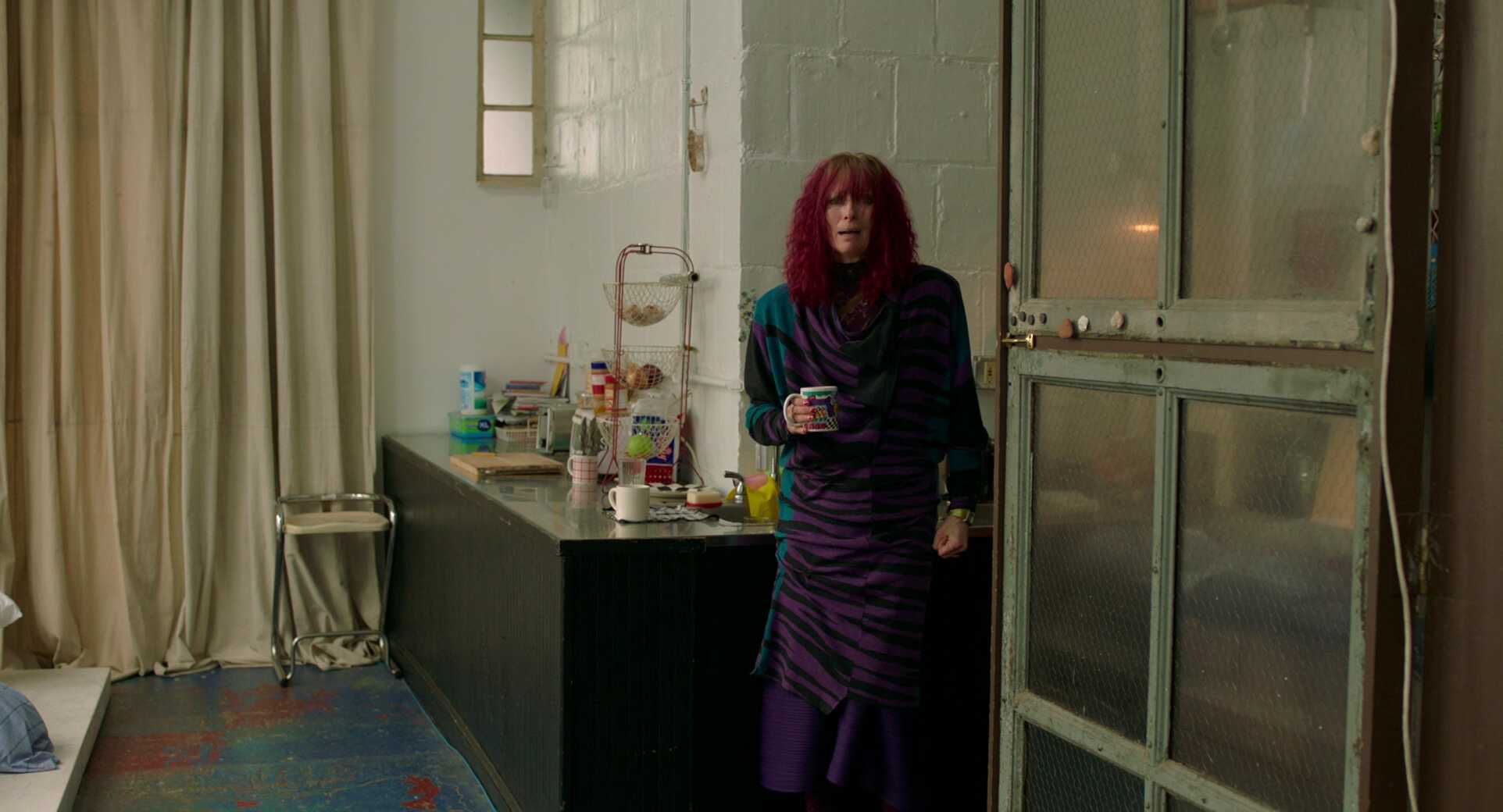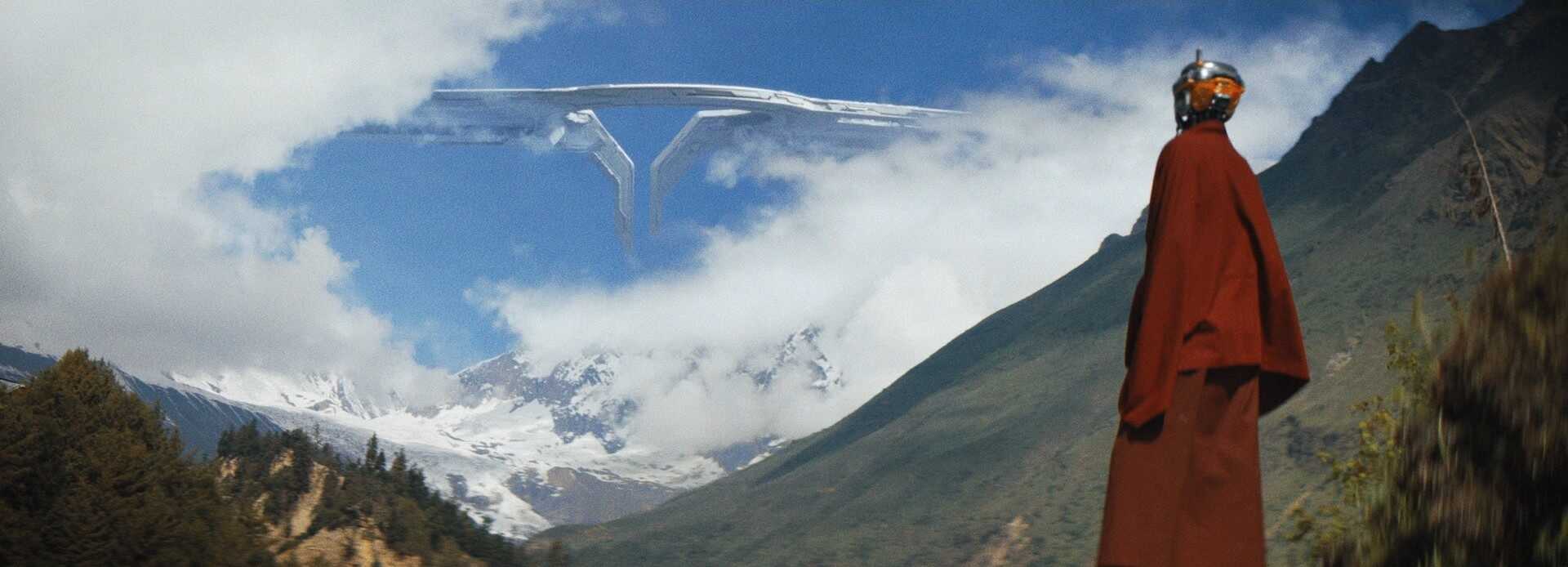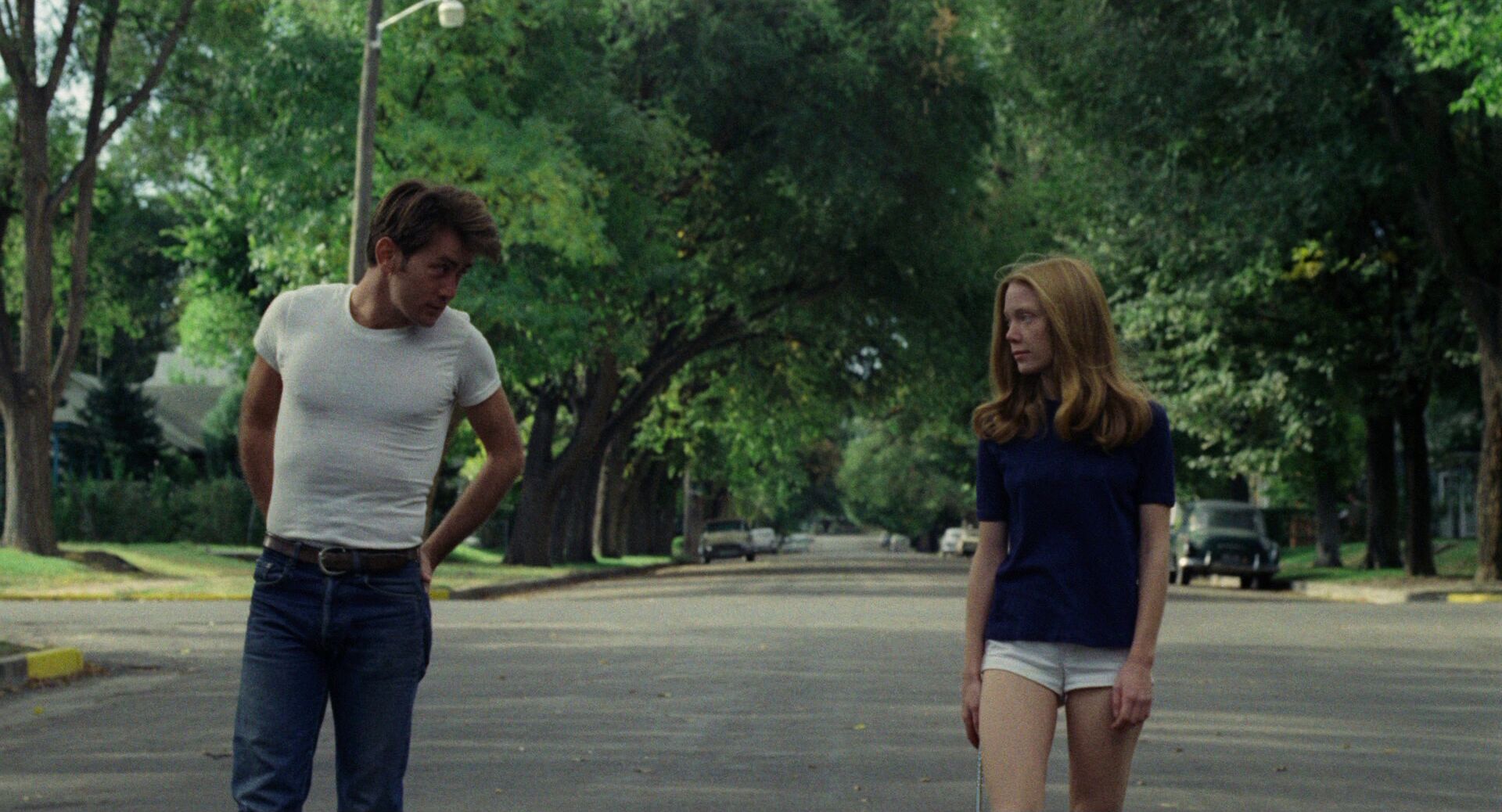Medium Full Shot Definition
What is a medium full shot?
A medium full shot is when the camera frames the subject from the knees up. It splits the difference between a full shot (head to toe) and a medium shot (from the waist up). It's also very similar to the "cowboy shot," which is a slightly tighter framing that ends just below the belt buckle — named for those famous shots in Westerns where we can see their gun holsters.
For more, read our full breakdown of the medium full shot, including examples that illustrate the various functions.
Before we dive in the medium full shot and everything it can do, let's start with some examples to familiarize ourselves with this type of camera shot. Open this visual gallery of medium full shots to see the variety and their functions firsthand.
Meanings & Purpose
Medium full shot examples
The medium full shot in film is certainly one of the less used options. It's not quite a full shot but broader than a medium shot, which are both much more common. That being said, let's look at some specific examples and applications for the medium full shot.
Empowers the character
Keeps character at a distance
Puts focus on the background
Creates a sense of being stuck
Usages
What does a medium full shot convey?
The medium full shot is a multifaceted tool for any visual project, including but not limited to film, photography, music videos, documentaries, commercials, and more. There is a general built-in language being used any time we see a medium full shot. Overall, depending of the context, the MFS can make a character seem empowered or stuck. Here are just some medium full shot examples and the effects that they create.
Empowerment
This works especially well when the subject is center-framed with the right body language, production design, lighting, etc.
Immobility
There's something about seeing most of the subject's legs but not their feet that makes it seem like they are immobile, either physically or emotionally.
Grandeur
With a low angle looking up at the subject, it imbues them with a sense of control and accentuates the location or environment above and behind them.
Body Language
Since almost all of the body is visible, it's an ideal framing to allow a full body performance, including interactions with props and wardrobe.
Qualities
Medium full vs medium long
This is where the different shot size names get confusing. What's the difference between a full shot and a long shot, let alone a medium full shot vs medium long shot? In fact, both a medium full shot and a medium long shots end around the subject's knees. The key difference is whether the clear focus of the shot is the subject or the background.
Long shots are synonymous with wide shots, where the background is of equal or greater importance to the subject. So, if the character is clearly the focus, we'd call that a "full shot" and if the background is more important, we'd call that a "long shot."
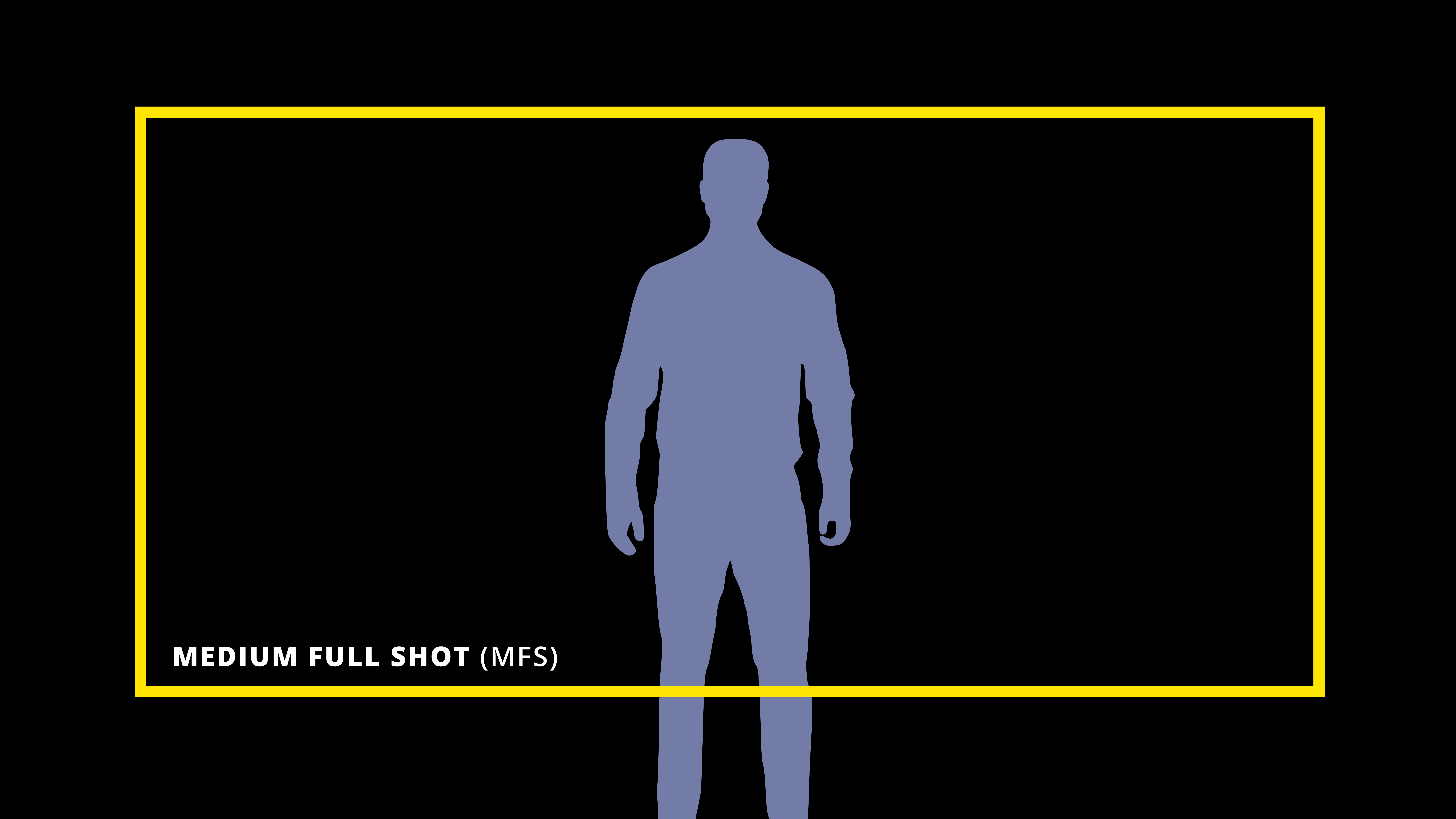
Case Study
Shot listing a medium full shot
To get a more filmmaker's understanding of how to use a medium full shot, let's look at a specific example. In Poor Things, Bella's journey is all about discovery.
Click the shot list below, to see the full scene broken down, and think about how these medium full shots make Bella seem curious of and surrounded by a brand new world.
There is obviously more than one way to use a medium full shot. In fact, there are many.
Let's dive into the creative applications of a MFS when paired with other directing and cinematography choices.
Unique Pairings
What is the effect of a medium full shot when paired with another camera technique?
How to combine the medium full shot
As you know, there are many camera techniques, each with their own unique properties and effects. In isolation, they work just fine. But in combination, these camera techniques can take on more nuanced and effective qualities. Let's see what happens when you combine the medium full shot with the following camera techniques.
- Push: Combined with a push, a medium full shot brings us up to the subject but still keeps them at a distance.
- Pedestal Up: As the camera moves upward, the medium full shot becomes more exaggerated.
- Dutch Angle: With a Dutch angle, a medium full shot allows us to see the environment around the subject off-balance as well.
- Tilt: Many great character introductions involve revealing them with a tilt up from the feet.
- Tracking: Moving the camera with the subject keeps us locked into their movement, whether a simple stroll to a full-on sprint.
- Low Angle: A low angle shot from the knees up is an extreme angle but one that gives the subject the maximum amount of power.
- High Angle: This angle would have the opposite effect, making the subject seem inferior or helpless, like a parent looking down on a child.
Frequently asked questions about the medium full shot
A medium full shot frames the subject(s) from the knees up to the top of their head.
A medium full shot has a somewhat neutral connotation on its own. Most of the meaning comes from the context of the shot in the scene and how it is presented. Elements like composition, production design, and lighting have a great deal of influence on the meaning.
In some scenarios, the medium full shot exudes power and confidence, but can just as easily be employed for moments of entrapment or vulnerability.
The medium full shot essentially gives us a full body perspective on the subject — all we're missing is the feet. So, it allows us to take in the character as a whole, including their mood, body language, wardrobe, etc.
But it also keeps the character at a distance and the audience doesn't feel entirely connected to them at that moment, which is a common reason this shot size is used.
